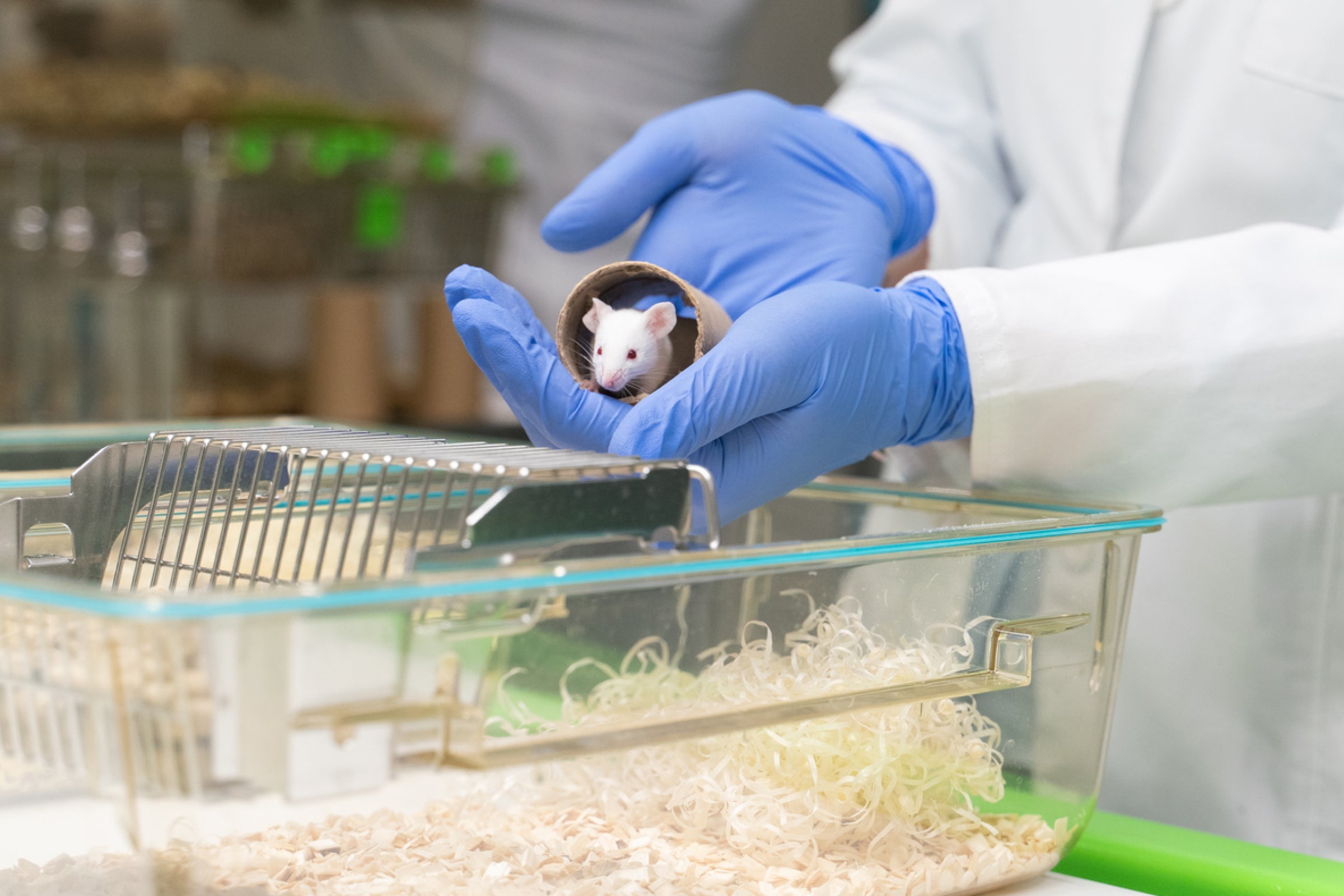
Nicotinamide Riboside Restores A More "Youthful" Circadian Rhythm In Mice
A new preclinical study published in Molecular Cell, out of Northwestern University, found that boosting NAD+ levels with nicotinamide riboside (NR) could turn back the clock on cellular aging in mouse liver cells.
Circadian Rhythm Pulls the Strings on Daily Life and Aging
Circadian rhythm controls all physical, mental, and behavioral changes that follow a daily cycle. While we often think of them as synonymous with sleep cycles, sleeping is but one of many circadian rhythms our cells follow. Other well-known rhythms include hunger, food metabolism, fat synthesis, and body temperature [1-4].
Circadian rhythms are regulated by biological clocks found within cells throughout the body. A “master clock” in the brain helps to “set” (coordinate) the rest of the clocks based on external inputs such as light. [1, 4].
Circadian rhythms are essential to daily life, but they’re also in peril of dysregulation. When circadian rhythms are disturbed, they can disrupt sleep schedules and metabolism, manifesting in physiological dysregulation [2, 4, 5]. Studies have also found that weakening of circadian rhythms is associated with aging. This effect may be due to an age-based decline in NAD+ levels, a ubiquitous cellular energy molecule that helps to power and regulate our cells’ master clock. NAD+ is, in turn, regulated by this rhythm, rising and falling with the daily circadian rhythm in an essential molecular interplay [6-12].
But whether raising NAD+ levels with the cellular nutrient Nicotinamide Riboside (NR) could improve age-addled circadian rhythm functions in cells had remained a mystery— until now.
Of Mice and Men
The researchers at Feinberg School of Medicine at Northwestern University administered NR to both young and old mice daily to observe the effects on their circadian rhythms [13].
Four months of NR supplementation increased NAD+ levels by 4-5 times in the liver, muscle, and brain tissue of young mice. Similarly, in the livers and isolated muscle cells of old mice, NR supplementation restored cellular clock oscillations, resulting in cellular clock activity patterns closer to that of younger mice.
The activity of mitochondria, which are cellular organelles essential for breakdown of food for energy, was found to be significantly declined in the livers of older mice. However, NR supplementation increased mitochondrial activity, resembling the liver mitochondrial function of young mice.
This improvement manifested in more than just cellular metabolic effects. Most notably, NR supplementation influenced the behavioral rhythms in old mice. Small bursts of activity only found in young mice at the end of their active period, was restored in old mice following NR supplementation. This restored “activity burst” was previously only seen among younger mice. Ultimately, NR supplementation in the old mice resulted in circadian and behavioral improvements that resembled those of younger mice. [13].
Rejuvenating Circadian Rhythms with NAD+
As demonstrated through this study, NAD+ significantly influences circadian rhythm genes and counters age-related decline in circadian function. Increased NAD+ levels through NR supplementation resulted in circadian improvements in old mice, resembling those of young mice.
Further research with human participants is required to see if the same effect can be replicated in a clinical setting.
Turning back the cellular clock with NR led to the rejuvenation of mouse circadian rhythms and enhanced activity. Raising levels of NAD+ may hold potential for restoring dysregulated circadian rhythms and may be beneficial for sleep patterns and overall cellular resilience, all of which are typically lost with aging.